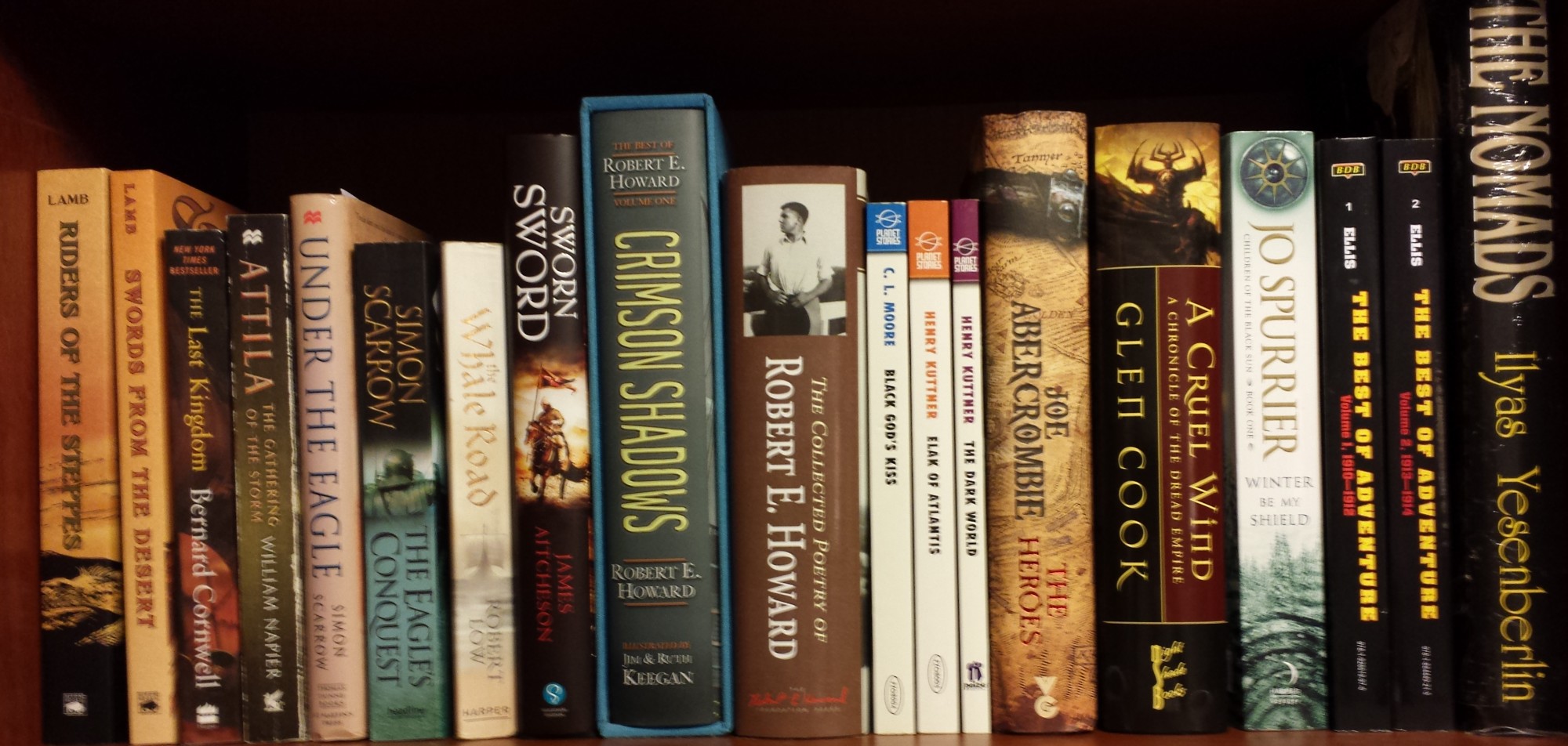A Guest Post by John Bullard and Bill “Indy” Cavalier
John Bullard: As was mentioned at Howard Days, the Robert E. Howard Foundation Press is going to publish a book containing all the known photographs of Robert E. Howard, his family, friends, places in his life, and photos he took. I “volunteered” to edit the book, and began working on it. I had an idea to take the handful of photos that REH scholars argue over whether that is indeed REH in the photo or not, and have the scholars present their arguments for the readers to decide. Bill Cavalier, whom I had ”volunteered” to write the introduction to the book as it was his idea to do it in the first place, heartily agreed, and we started working on the arguments for the two most contested photos in hopes of getting the other scholars ideas to argue from, and for and against.
Unfortunately, most of the other scholars were too busy with their own work to participate, so I took the following arguments out of the book for the two photos that Bill and I had written up so far, and with Bill’s kind permission, am presenting them here for interested folks to read. This will give readers an idea of what photos will be contained in the upcoming book, “This Isn’t to Flaunt My Homely Countenance”: The Robert E. Howard Photo Album, hopefully available sometime later this year, depending on finalizing the printing details.
Keith West: I’ll post an announcement when the book is available for sale. Back to John:
In presenting the arguments, I will first present the argument by the person who maintains that the photo is of Robert E. Howard, followed by the argument about why it is not Howard. Photo numbers mentioned in parentheses and under photos correspond to the number of the photos in the upcoming book. We hope you will enjoy this, and it will get you excited to buy a copy of the book. First up is the photo known as “Dude on a Rock”. Take it away, Bill: Continue reading →








